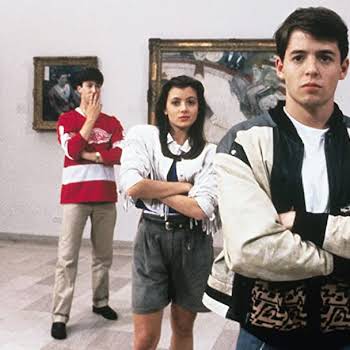
By Jennifer McShane
09th Dec 2018
09th Dec 2018
According to a report in the Sunday Independent, sexual harassment issues in the workplace have grown significantly over the past number of years.
Irish law firm Mason Hayes & Curran, said their lawyers are dealing with an increase in cases, up by almost 200 per cent since the #Timesup movement swept across the globe.
“As a team, we have certainly seen an increase in the number of employment-related sexual harassment issues over the course of the past number of years.”
In line with the current laws, sexual harassment is defined subjectively and sexual harassment constitutes as discrimination by the victim’s employer about their conditions of employment. Sexual harassment can take many forms such as actions, gestures, spoken or written words, e-mails, text messages and social media posts. Sexual harassment can exist of a single once-off incident.
“That increase is probably in the region of 200pc and the number of actual cases, for us, has probably increased by about 25-30pc since the beginning of #MeToo movement.”
There’s no doubting that this is depressing. All that tells us is that a year after #MeToo, nothing is really changing in terms of impact with assault cases are on the rise.
What can employers do to help combat this?
Melanie Crowley, a partner at Mason Hayes & Curran, advised that employers had to have clear policies in place and to communicate “what constitutes harassment and, in particular, sexual harassment. Policies are no good if they are not communicated, so educating employees is important.”
“Employers should also have procedures in place for dealing with complaints of sexual harassment,” she continued, adding that US companies handle the situations particularly well. “If caught and managed early, it should be possible to resolve most issues internally without recourse to litigation.”
There is a statutory obligation on employers to put in place adequate safeguards against inappropriate conduct in the workplace, but as Alicia Compton, a partner at William Fry stressed that good quality HR policies and training delivered in clear terms of explaining acceptable and unacceptable behaviour were vital: “Certainly the days of hoping that a sexual harassment allegation will somehow go away, or resolve itself without employer intervention, are gone.”
A new national survey on the prevalence of sexual abuse and violence in Ireland is currently underway and will examine sexual harassment in the workplace. It is only the second study on the topic to be conducted in Ireland, some 16 years after the first was released.























